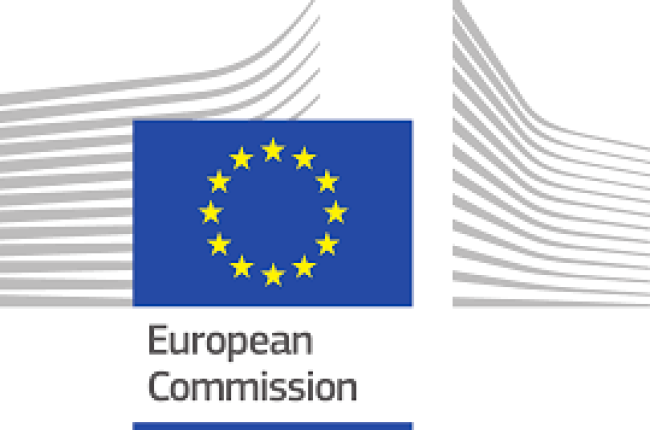With regards to the provisions for the soil descriptors, criteria, indicators, measurements, and methodologies (Art. 7 and 8, Annexes I and II), CEPF objects to the “one-size fits all approach” put forth. The huge variation of land uses and soil types over the EU makes it pointless to aim for unique and common descriptors or related thresholds.
With regards to the provisions for “Monitoring and Assessment of Soil health”, CEPF is concerned by the “one out, all out” approach and the uncertain added value of “heath soil certificate” both put forward in Art. 9.
Past experiences of the “one out, all out approach”, e.g. as applied within the reporting of the EU Nature Directives, have shown detrimental for adequate assessments of conditions and needs of ecosystems, especially in the case of greatly aggregated data and information. Not only is the global pictured negatively biased and provides for an evaluation grimmer than actual situation, but this approach hampers adequate prioritisation of actions to the most in need sites, which are being mixed with same assessment results as sites less in need of action. Similarly, the proposal does not address how the “unknown” data will be handled. CEPF is of the view that they should be kept separate in order not to skew actions and assessments.
The proposal also mentions the setting up of an additional voluntary certification scheme for “soil health certificate”. CEPF does not see the added value of such a scheme. The setting up of certification is lengthy and costly, and will add an additional burden to forest owners. Without clear notion on its added value such a shames should not be considered. Similarly, how this scheme could articulate with the, still not agreed upon, carbon certification schemes is unclear and would bring avoidable additional uncertainty.
With regards to the provisions for “Sustainable Soil Management” in Art. 10, CEPF notes that the future level of recommendations expected from the Members States remains unclear. Therefore, forest owners’ right to choose the management practices best suited to their needs and local circumstances might be unnecessarily hampered. Gradual implementation on all managed soils as a one size fits all approaches should be avoided. Instead locally suited approaches should be favoured. Additionally, the revision of Annex III to adapt the sustainable soil management principles should not be possible through delegated acts. Changes of this Annex might have far reaching impacts and deserve a full contribution of the co-legislators.
Furthermore, the definition of sustainable soil management practices (Art. 3.5) should better reflect that the core of sustainably is to strike a balance between its aspects. Therefore, ecosystems functions might be impaired in a non-significant way, that maintain the overall sustainability of the practices.
With regards to the “Information to the Public” described in Art. 19, CEPF wishes to stress that, in many occasions, the data gathered is private information, and that individuals sampling on their own are not providing a statistically relevant information about an area. Therefore, CEPF stresses that the raw data of the monitoring carried out under Art. 8 should not be available to the public. Information to the public should be limited to assessment results at sufficiently aggregated level. Adequate enforcement of these limitations is essential.
The feedback can also be found on the European Commission’s website Have Your Say.




